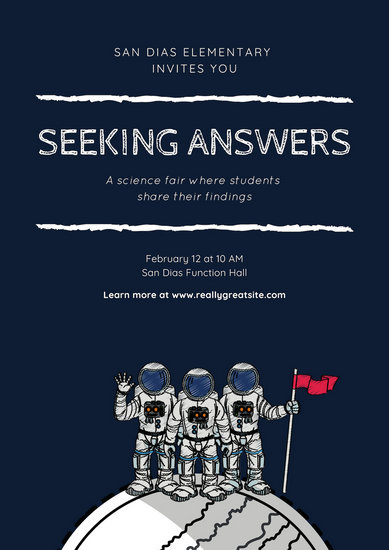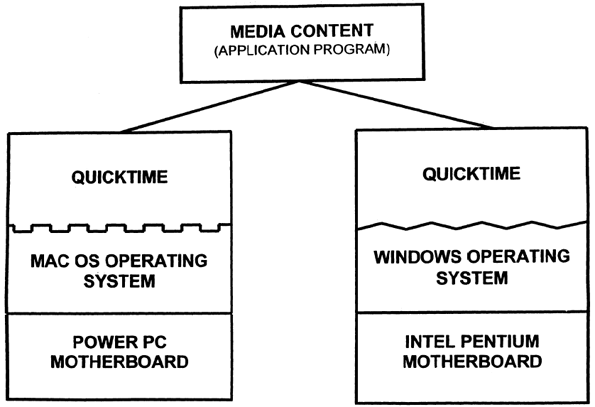- Science Fair Project Mr. Mac's Page Sign In
- Science Fair Project Mr. Mac's Page Number
- Science Fair Project Mr. Mac's Page Website
- Science Fair Project Mr. Mac's Page Search
- Science Fair Project Mr. Mac's Page Sheet

Science Experiments and Projects Pakistan science club offering 100's of free science fair project and science experiments for students class 3 to 10 regarding physics, chemistry, biology, earth science. Science Fair MACS Science Fair. Explore the websites below for help with researching your science fair project. Science Buddies.
PDF versionProject Guide: General Steps
Science Fair Project Mr. Mac's Page Sign In
This guide will help you steer your students through the process of coming up with a good question to investigate for an Earth science fair project, designing a way to test that question, and creating a display to share findings and conclusions. The process begins with each student deciding on what he or she finds really interesting in the natural world. Use the navigation bar, above to navigate your way through each step.
- Page Street Elementary School LOCATION 897 Page Street Troy, NC 27371. PHONE (910) 576-1307. FAX (910) 576-1310. Site Map LOCATION 897 Page Street. Troy, NC 27371.
- Lets say, for example, that you wish to explore the science of Genetic Manipulation, or gene therapy. Your mini-project would showcase this topic in as creative and interesting a way as possible. Parents: The mini-project choices outlined in these pages are accompanied with links to Web 2.0 tool websites.
- Science brochures can be supplementary lessons to be used in classrooms and they are some of the best places to distribute them. Other places can include science fairs, science conferences, and seminars. The science brochure’s purpose is not only to educate but also to promote science as an interesting field of learning.

Step 1: Students pick a topic.
Help your students choose an Earth science topic they can't wait to investigate. Ask them to brainstorm about some interesting topics; first as individuals, and then in small groups. (Sample individual brainstorm pages) Make a list on the board or overhead of the topics your students generate. For example, students might want to learn more about:
- Rocks
- Soil
- Water
- Space
- Stars
- Planets
- Erosion
- Fossils
- Dinosaurs
- Ocean waves
- Earthquakes
- Hurricanes
The World Wide Web offers thousands of ideas and topics. The science fair topic generator at Science Buddies™ offers an excellent 'topic wizard' .
Ask students to choose their favorite topics and record the topic and the reason they chose it in their science fair notebooks or journal.
Science Journal Downloads:
Step 2: Students list their investigation questions.
Once your students have chosen their topics, ask them to generate a list of questions about the topics in their science fair notebooks or journals. For example, if they wanted to learn more about soil, they might ask:
- Is all soil the same?
- What lives in soil?
- What soil is best for building on?
- What soil is best for growing tomatoes?
- What chemicals can I test for in soil?
As they record their questions, ask them to think about how they would test each question. Ask students to share their favorite investigation questions with the class and how they think they might test those questions.
Science Journal Downloads:
Step 3: Students create their science fair project plan.
Now that your students have generated their investigation questions, they need to plan how they will test those questions. The first step in the planning process is research.

Schedule a time to take your students to the library and/or the computer lab. Before you go, ask your students to make a list of the questions they would like to research and share these with you and their classmates.
Science Fair Project Mr. Mac's Page Number

Students might choose to research such questions as (Questions are linked to the science journal):
Guide students to appropriate books, journals and other resources as they research their project questions. They should record their findings in their science fair journals or notebook
Science Fair Project Mr. Mac's Page Website
Step 4: Students design ways of testing their science questions.
Science Fair Project Mr. Mac's Page Search
After students finish their background research, they will need to start designing ways of testing their science questions. There are a number of ways of doing this: building and using a model to study a natural process; designing an experiment; conducting a survey or making observations from a field study. It is better for younger students to test questions with direct observations or by using existing models. Older students may be able to create and use surveys or design and conduct controlled experiments.
Science Fair Project Mr. Mac's Page Sheet
Project Display
- Question
- What the student wants to find out. Points 1 and 2 can share the same spot on the board. Some students might want to use their questions as their title and that is okay.
- Prediction
- This is where the student puts what he or she thinks are the possible answers to the project question. It is based on the student's own research and experiences and it is made before the student runs the experiment.
- Materials
- This is a list of supplies that the student will need to do the experiment.
- Data
- This is the information the student collected on his or her project. Should illustrate an observation from the experiment.
- Procedure
- This is where the student lists, step by step, what he or she did in the investigation.
- Findings
- This is where the student writes about the patterns and relationships in the data.
- Conclusions
- This is where the student uses the results of the data analysis to answer the project question.
- Research
- This is the research the student did before starting his or her project. It should answer the question: What do other people know about <the student's chosen topic>.
- Model
- (Optional) If the student used a model for the project, it should be part of the display, if possible.
- Journal
- This is the science Journal that the student used to record data.
